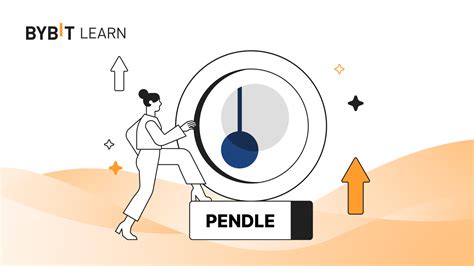"Crypt pending: the trading pitfalls point to point and how to avoid a high -risk ride with gas rates"
The cryptocurrency world has exploded in recent years, offering investors an unprecedented level of flexibility and potential returns. However, as the market continues to grow, the risks associated with investment in digital assets.
For those new in cryptographic space, point to point (P2PT) trade can be a frightening concept. But what is it? Simply put, P2PT allows individuals to buy and sell cryptocurrencies on on -line exchanges, ignoring traditional brokers and processors. It looks like a great idea, right?
But beware: P2PT negotiation carries significant risks, including:
* Liquidity risk : Prices can float rapidly, leaving investors with a margin call when the market moves against them.
* Market volatility : Cryptocurrency prices are known for their wild balances, making it difficult to predict future price movements.
* Exchange rates : Many P2PT exchanges charge high transaction rates, ranging from 1% to 5% of the commercial value.
One of the most significant risks associated with P2PT negotiation is the feared gas rate. As cryptocurrencies like Bitcoin and Ethereum move to a Proof of Participation Consensus Algorithm (POS), transaction processing times have increased dramatically. This means that buyers are now paying more for their transactions, resulting in higher rates.
To avoid these traps, it is essential to understand how gas rates work. Here is a detail of the costs you can incur:
* Block Gas Rate : Each Bitcoin block is processed by us throughout the network and each node contributes a part of its processing power to validate transactions. The total amount of "gas" used to process all transactions in a block can range from 1 to 10 megabytes (MB) or even gigabytes (GB).
* GAS RATE BY BYTE
: To put this from perspective, consider that a typical Bitcoin transaction uses about 50 data bytes.
* Transaction Speed : As mentioned earlier, transaction processing times have increased significantly from moving to POS. This means it can take a few minutes for transactions to be checked and included in the blockchain.
So how can you avoid these risks? Here are some tips:
Choose a respectable exchange
: Select an exchange that has incorporated gas rates or offers a low rate model.
Use a P2pt broker with good liquidity : Although it may seem against -Intuitive to use a traditional Broker for P2PT negotiation, the use of someone can help maintain liquidity and reduce the risk of market volatility.
Consider a centralized exchange (CEX) : CEXs usually have lower rates than P2PT exchanges, but are usually less transparent than their gas rates.
Keep an eye on your wallet : Review your transaction history regularly to identify possible problems with gas rates or liquidity.
In conclusion, although negotiating and gas-to-point gas can be intimidating, it is essential to understand the risks and take action to mitigate them. When choosing a respectable exchange, using a P2PT broker with good liquidity and being aware of gas rate structures, you can minimize your exposure to market volatility and transaction processing times.
As the cryptographic landscape continues to evolve, it is crucial to prioritize caution and prudence by investing in digital assets. With the right mindset and strategy, you can sail the complex world of successful cryptocurrency negotiations.












